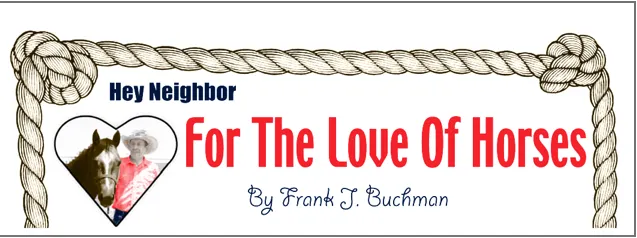By: Steve Gilliland
I stepped out the front door one spring morning a few years back just in time to see a large falcon-shaped bird glide low overhead. It landed in a tree a block away, so I hustled to get my binoculars and our Kansas bird book. The bird sat contentedly, almost posing for me as if making certain I correctly identified it. It was a Mississippi Kite, and although my bird book doesn’t show or give details to differentiate between males and females, we figured it to be a female in town to nest. I often begin my day with a walk around our neighborhood and I’m usually greeted by as many as 6 Mississippi Kites in the neighbor’s tall dead tree. They seem to like the high open vantage point from which to survey the neighborhood.
Mississippi Kites are light gray and slightly smaller than a red tail hawk, and are built trim and sleek, much like a falcon. They derive their name from their unique soaring style called “kiting.” Picture how a child’s kite rides the wind, gliding and sliding sideways back and forth. That’s how Mississippi Kites soar, as if on a string, sliding and almost rocking back and forth from side to side as they float effortlessly on the Kansas summer thermals. They are summer residents here, arriving in mid-April and leaving again in mid-November.
They are slowly expanding their territory northward and are quite comfortable nesting in our Kansas cities and towns. Nesting females are known to become very aggressive when their chicks are about to leave the nest, often dive-bombing humans and pets that get too close to the nest to suit them. We try each year to find a Mississippi Kite nest to watch, but have been unsuccessful thus far. Mississippi Kites are very social birds and are often seen in large groups. One day this week in downtown McPherson as I waited in the car for my wife to return from an errand, I began seeing Kites soaring above me. One or two at a time they appeared until I lost count at fifteen.
Kites occasionally feed on small reptiles and snakes but are mostly insect eaters and are skilled at snagging locusts and other flying bugs in mid-air. Last Sunday while eating ice cream in a local Dairy Queen, I watched a Mississippi Kite having dinner on a power pole just outside. It would suddenly fly toward a small group of trees nearby and return with a snack. After eating its snack, it would fly again toward the same trees, always returning with a morsel of some sort. I’ve been seeing the first locusts of the summer, and I’m betting it was finding them too.
My wife Joyce grew up on a farm south of Meade, KS, and after we got married I began hearing stories about a man named James Parker who had come to their farm for years to watch and study Mississippi Kites. A friend still living in Meade did some research and found more details to the story.
According to newspaper clippings it was mid-June 1982 when Dr James Parker from the University of Maine first visited the Friesen farm near Meade. He was indeed there to observe Mississippi Kites, but he brought with him some visitors. Stan and Gladys were Swallow Tailed Kite chicks rescued from a nest in the Florida swamps. Swallow Tailed Kites, although larger with a huge ornate tail, are close cousins to Mississippi Kites and until the early 1900’s were common in the eastern Kansas skies. They hadn’t been seen in the state for decades and Dr Parker was there to explore the possibility of reintroducing Swallow Tailed Kites into Kansas by transplanting chicks into existing Mississippi Kite nests. Stan and Gladys were put into active nests and Parker stayed around to observe. After two or three weeks Stan grew weak, lost weight and died, but Gladys was accepted by her foster-parents and seemed to thrive. Although the time line is unclear, Parker spent parts of 14 summers in Meade during the 1980’s and 1990’s studying the local Mississippi Kite population.
No one seems certain whether any more Swallow Tailed Kites were transplanted into Kansas. They’re not listed in my Kansas bird book so I suspect there are none in the state today. No one knows what happened to Gladys either, but I can say with certainty that Mississippi Kites are here to stay in south central Kansas and are steadily expanding their summer range to the north and east. So watch the sky and you’ll soon know if Mississippi Kites have come to your neighborhood, as you’ll see them floating and gliding effortlessly on the Kansas winds. Continue to Explore Kansas Outdoors.
Steve can be contacted by email at [email protected].




